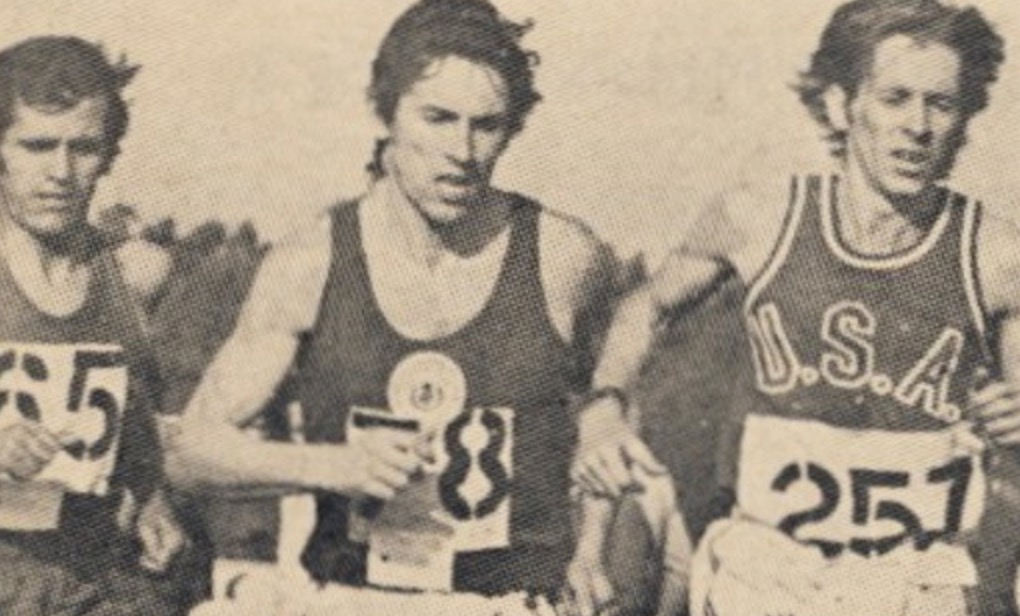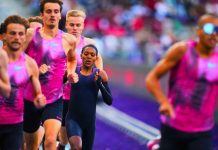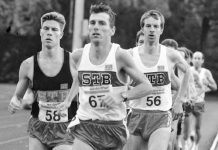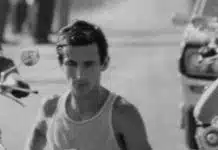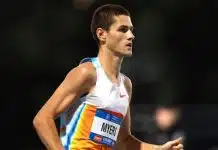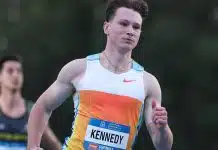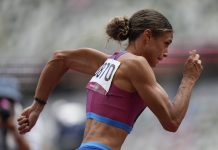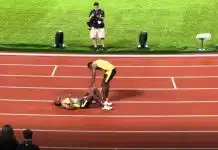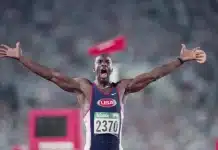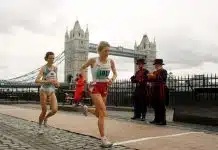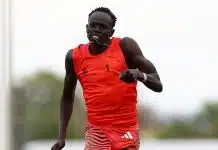When Australia first demonstrated interest in competing internationally at cross-country, we started at the very top.
Not for us the heavy slog of starting small and building, step by step, to something big. No; Australia wanted to bypass the ridiculous and proceed directly to the sublime – to the heights of Mt Olympus itself. We would go straight to the Olympic Games.
The AAU of A – Amateur Athletic Union of Australia, as the national federation then was – put a proposal to the IAAF Congress in Mexico City in 1968 that “the Union favours, in principle, the addition of a Cross-Country Race of 15 kilometres in the Olympic programme.”
Then, as now, it was one thing to propose cross-country return to the Olympic program (having been discontinued after a disastrous event in 1924), quite another to get approval. The minutes of the annual conference of the AAU of A the following year record:
“The Union’s proposal . . . was withdrawn by Mr Sharp (one of Australia’s delegates) when it was apparent from the tenor of the debate that the motion would be defeated.” Thrashing the vocal analogy to within an inch of its life, the tenor was so off-key the fat lady decided to sing early.
Australia’s suggestion that cross-country be restored to the summer Olympics way back then is a story that first came to my attention a couple of years ago when a book on the history of cross-country cited a 1971 Runner’s World publication, The Varied World of Cross-Country, by Bob Anderson and Joe Henderson.
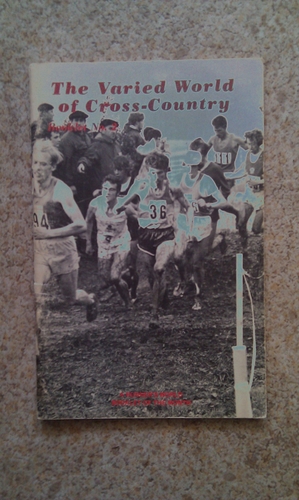
- The Varied World of Cross-Country, by Bob Anderson and Joe Henderson.
Anderson summarised the difficulty of getting cross-country back to the Games. “The main problem,” he wrote, “is that runners have to work through athletics politicians to get things changed.” What else is new, we may well ask.
In the interesting bit for Australians, Anderson continued: “A few years ago, there was a small flurry of support (for bringing cross-country back). The Road Runners Club of America and some Australians were the prime backers of the proposal.
Blaming sport politicians, Anderson commented further: “The proposal died a quiet death.”
I spent some time then trying to track down the source of the proposal. Best guess is that it came from AAU of A secretary-general Arthur Hodsdon, who wrote to his friend, and prominent official within the US governing body, Daniel Ferris. In any case, it went nowhere.
But that letter may have been the genesis for Australia’s eventual entry into the world cross-country less than a decade later in Rabat in 1975. There were a number of straws in the wind blowing that way. The Road Runners Club of America (RRCA) was certainly the driving force behind US participation in the world cross-country’s forebear, the International Cross-Country Union Championships.
The RRCA stepped in when the national federation had not responded to an invitation for the US to compete at the 1966 International in Rabat, raising the finance for a men’s team which finished fifth. There were no funds to send a team the following year, but the club and the federation jointly funded a team in 1968. The US has been a constant in the world cross-country ever since.
Closer to home, and more likely to have a direct impact on Australia, New Zealand was also moving into international cross-country. A men’s team first competed in the ICCU race in Ostend in 1965, marking its debut with a team bronze medal. The women followed in Scotland four years later, going one better with a silver medal.
Around the same time the IAAF was moving towards taking over the ICCU championships, a move which culminated with the first world cross-country championships in Waregem, Belgium, in 1973. It has been speculated that being apprised of the IAAF’s intentions back in 1968 may have explained Australia’s decision not to proceed with its motion.
An unrelated recent discussion of Athletics Australia’s historic archives alerted me to the fact that minutes of the annual conferences have now been digitised (and can be found under the ‘Documents’ tag on the historical results page).
Minutes are a ‘bare bones’ resource for research, but it appears the delay in Australia’s world cross-country appearance can be put down largely to finance and interstate squabbling. Who ever would have guessed??!!
The 1970 conference saw “no reason” why Australia should not compete in the International cross-country and the Road Walking Championships (the Lugano Trophy), but in 1972 noted “the financial problem” of such representation. But the push continued: a year later a Victorian motion was put up that the Union send a team to the cross-country every second year, commencing in 1974.
That motion was withdrawn but another year later full men’s and women’s teams were selected to go to the 1975 championships in Rabat. They were not totally representative teams, athletes were selected based on which states would agree to fund them.
New Zealand won the men’s team gold medal in Rabat and was second in the women’s, allowing Australia – 12th and 11th, respectively – to bask in reflected Anzac glory.
There were hills and dales – not to mention flat, boring courses – yet to be conquered along the way, but Australia was set on a path of representation at world cross-country which would lead to hosting the championships in Bathurst in two years’ time.
Do yourself a favour and be there.
Footnotes:
1.No history should be considered complete without a footnote. Technically, Australia’s first ‘world’ cross-country representation came when marathon pioneer Adrienne Beames and Australian national champion Raie Stephens competed in the ICCU women’s race in 1970. Stephens finished twenty-seventh and Beames was thirty-fourth.
Two women’s races were staged that year for some reason. One was held with the men’s championships, in Vichy, France; the one in which the Australians participated was held the day before in the US. More politics, perhaps?
2.And, in a nod to the present, congratulations to Nicola McDermott for clearing 1.96 metres in finishing third in the high jump at the Ostrava Golden Spike meeting on Thursday. That was a world championships and outright Olympic qualifier and ranks McDermott equal third all-time with Chris Stanton and Eleanor Patterson. Vanessa Ward (nee Browne) and Alison Inverarity share the national record at 1.98.
End
Cover photo: Mariano Haro, Ian Stewart, Bill Rodgers, dueling in Morocco,
photo courtesy of RacingPast.com
Recommended -> The REAL Breakthrough Race of Boston Billy’s Career-The 1975 IAAF World Championships, March 16, 1975, by Jeff Benjamin


